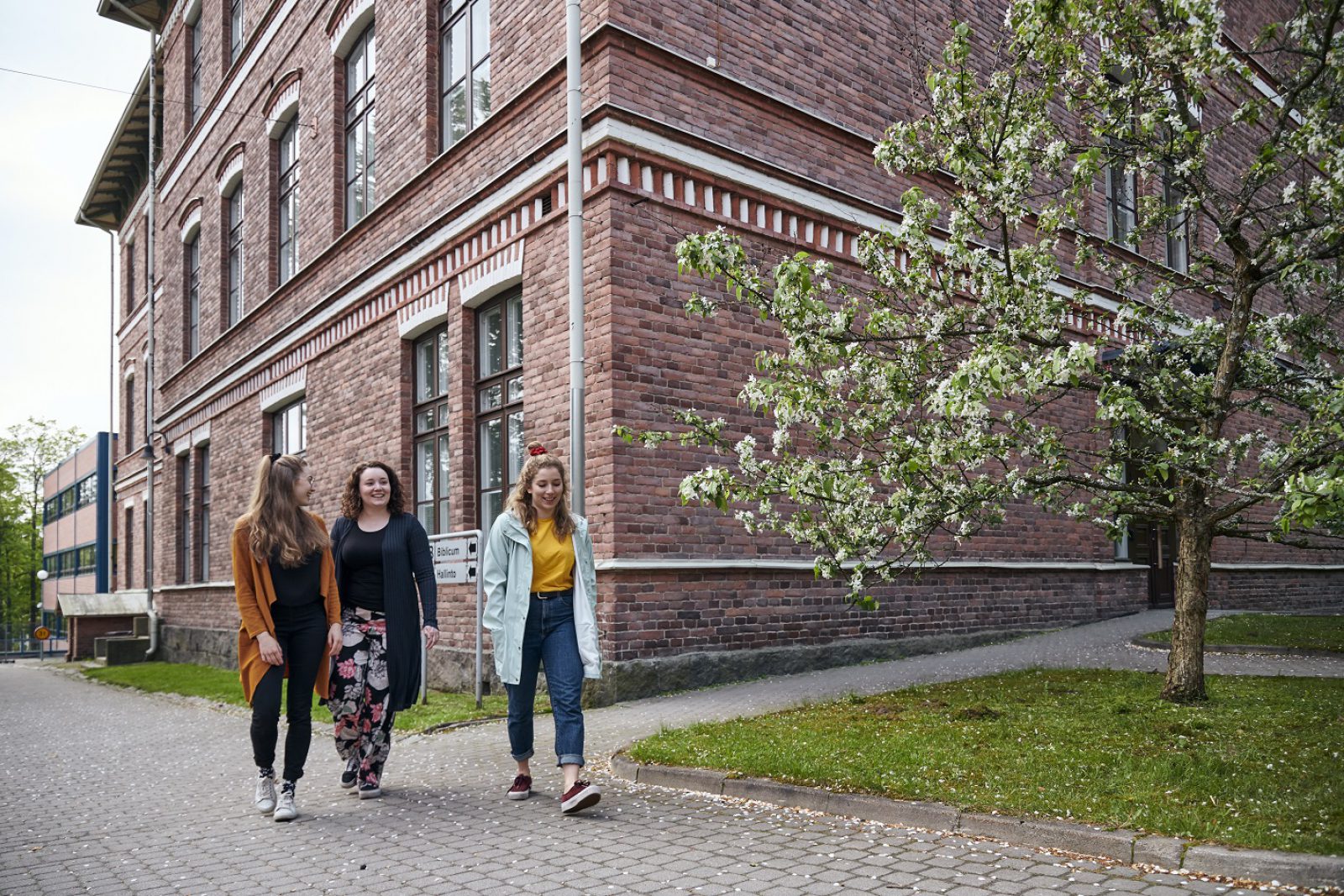
Finland's first European Heritage Label for Seminaarinmäki campus in Jyväskylä and equal education
The European Commission awarded the European Heritage Label to the Seminaarinmäki campus of the University of Jyväskylä at its meeting 28 April 2022. The site, proposed by the University of Jyväskylä, highlights the significance of the educational system in Finland and Europe as the basis for an equal and democratic society. The Finnish Heritage Agency coordinates the work with label and also the application process in cooperation with the University of Jyväskylä.
Since 2013, the European Heritage Label has been awarded to 60 sites in the European Union that play a key role in European history, culture and integration.
“The Label awarded to Seminaarinmäki as a symbol of equal education is significant, especially when it is the first comes to Finland's first recipient of the European Heritage Label. We are happy to highlight these values alongside other European sites,” says Leena Marsio, Senior Adviser at the Finnish Heritage Agency.
The Seminaarinmäki hill on the grounds of University of Jyväskylä is a protected, nationally significant built cultural environment with buildings from the late 19th century to the present day. The architects in the area have been e.g. Constantin Kiseleff, Alvar Aalto, Arto Sipinen and Lahdelma & Mahlamäki Oy. The foundation of a globally recognized school system has been laid in the setting, as Finland's first teacher seminar was founded there in 1863. Jyväskylä University Open Science Centre/University Museum, Department of History and Ethnology, Department of Music, Art and Culture Studies and Department of Teacher Education applied for the label for Seminaarinmäki.
Twelve new sites have now been awarded the European Heritage Label. In addition to Seminaarinmäki, the sites to receive the Label this year are: MigratieMuseumMigration (MMM) (Belgium), Thracian Art in Eastern Rhodopes: Aleksandrovo Tomb (Bulgaria), Vučedol Culture Museum and Archaeological Site (Croatia), The Oderbruch (Germany), Archaeological Site of Nemea (Greece), Almadén Mining Park (Spain), Ventotene (Italy), Echternach Saint Willibrord Heritage (Luxembourg), Historical Centre of Turaida (Latvia), Palace of the European Commission of the Danube (Romania), Medieval wall painting in Gemer and Malohont Regions (Slovakia).
The label has now been awarded to 60 sites related to, among other things, the architectural heritage, documents, the cultural environment and the intangible cultural heritage. Among the sites are already include the historic centre of Athens in Greece, the Hague Peace Palace in the Netherlands and the Schengen village in Luxembourg.
The purpose of the label is to improve European citizens’ knowledge of European history and the construction of the Union, and of shared, diverse cultural heritage. Finland joined the European Heritage Label in late 2018. The Finnish Heritage Agency coordinates the national implementation of the Label in Finland. The second national pre-selection for the European Heritage Label is underway, and Finland's next application will be prepared after the summer.
About the European Heritage Label
European Commission website and sites awarded the European Heritage Label
European Heritage Label on Facebook